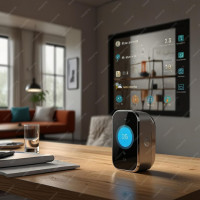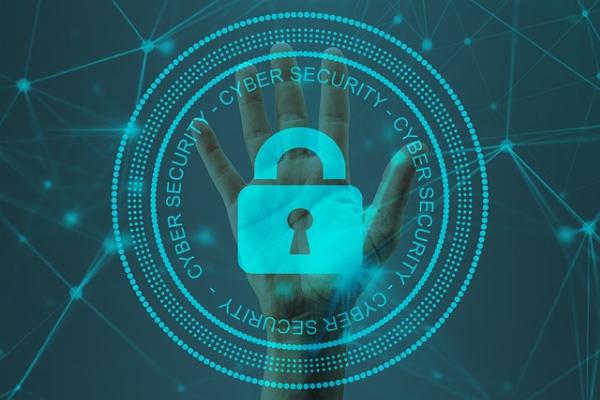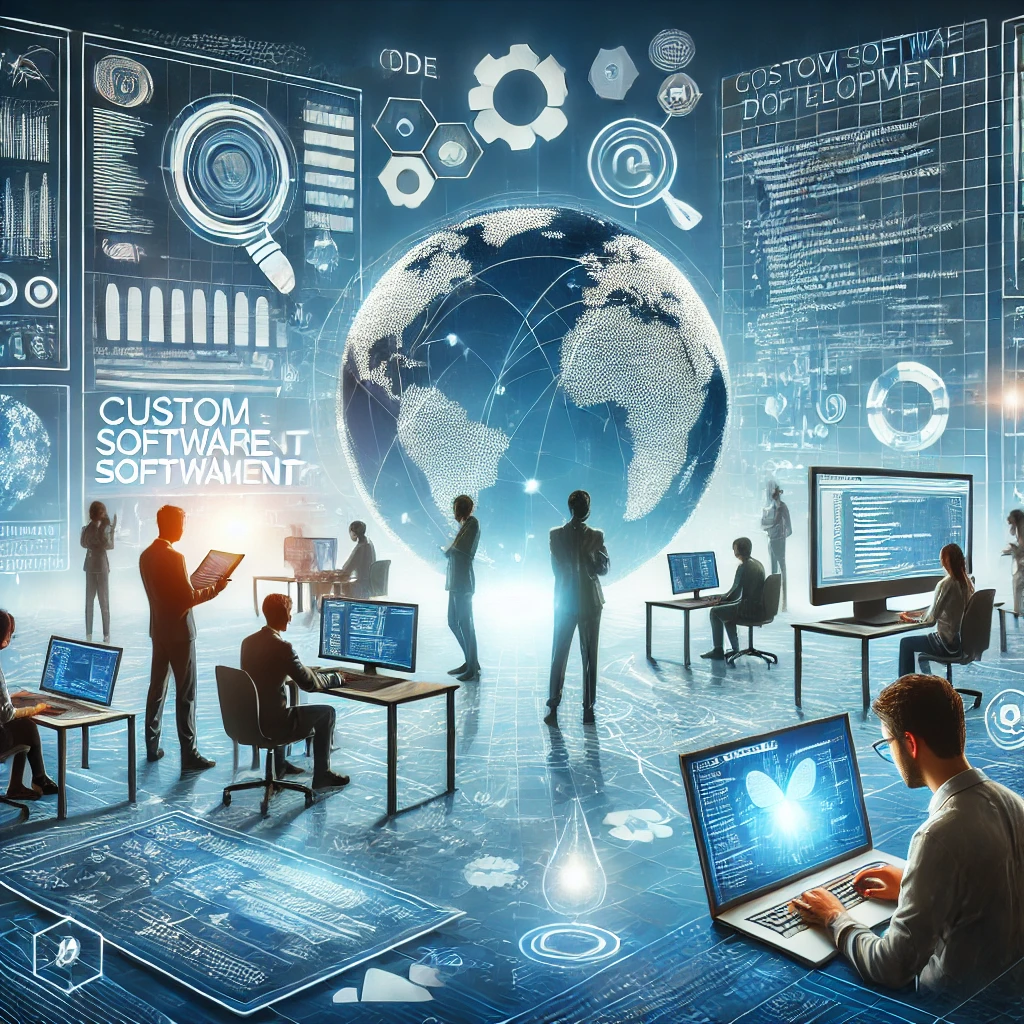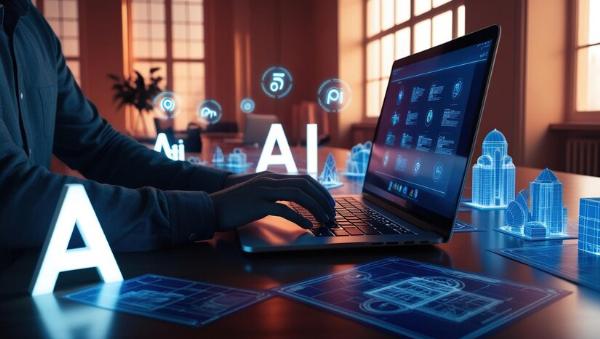Digital Twin in the Energy Sector: Revolutionizing Efficiency
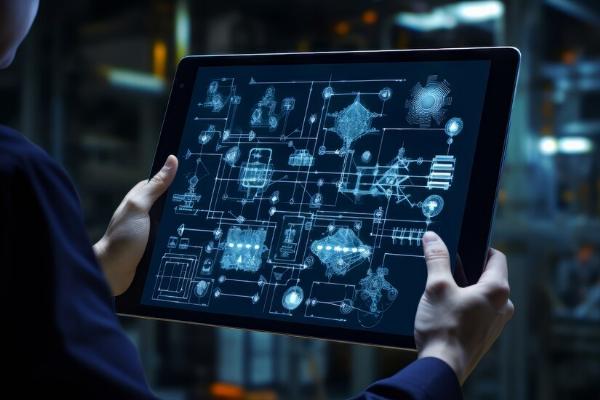
Strong 8k brings an ultra-HD IPTV experience to your living room and your pocket.
As the energy sector grapples with increasing demand and the push towards sustainability, digital twin technology is emerging as a powerful tool to navigate these challenges. A digital twin, a virtual replica of physical assets or systems, offers profound insights and control, driving efficiency, reliability, and innovation in the energy industry. This blog explores the transformative impact of digital twin in the energy sector, highlighting its applications, benefits, and the challenges that come with its implementation.
What is a Digital Twin?
A digital twin is a sophisticated digital model that mirrors a physical entity, such as a piece of equipment, a system, or an entire facility. It integrates real-time data from sensors and other sources to create a dynamic simulation of the physical counterpart. This virtual model allows for comprehensive monitoring, analysis, and optimization, providing valuable insights into performance and operations.
Enhancing Operational Efficiency
One of the most significant advantages of digital twin in the energy sector is its ability to enhance operational efficiency. Traditional energy management often relies on reactive approaches, where issues are addressed only after they arise. Digital twins shift this paradigm by enabling proactive management through real-time data and predictive analytics.
For example, in power plants, digital twins can simulate the operation of turbines, generators, and other critical components. By analyzing these simulations, operators can identify inefficiencies, optimize performance, and reduce energy consumption. This not only improves the efficiency of the plant but also contributes to cost savings and reduced environmental impact.
Predictive Maintenance and Reliability
Predictive maintenance is another key area where digital twin technology offers substantial benefits. Traditional maintenance strategies typically involve scheduled inspections or reactive repairs, which can be costly and disruptive. Digital twins enable predictive maintenance by continuously monitoring equipment performance and using data analytics to forecast potential failures.
In the context of large battery storage systems, for instance, digital twins can track battery health and performance metrics over time. By predicting when a battery is likely to degrade or fail, operators can schedule maintenance activities proactively, preventing unexpected outages and extending the lifespan of the batteries. This approach enhances the reliability of energy storage systems and reduces maintenance costs.
Integrating Renewable Energy Sources
The integration of renewable energy sources into existing energy grids presents significant challenges due to their variable nature. Digital twins play a crucial role in addressing these challenges by providing a virtual environment to model and manage the interaction between renewable sources and the grid.
Digital twins can simulate the impact of solar, wind, or other renewable sources on grid stability and performance. This allows operators to optimize energy storage and distribution, ensuring a reliable power supply even when renewable generation fluctuates. For instance, during periods of high renewable output, digital twins can help manage the storage of excess energy and its release during low production periods, balancing supply and demand effectively.
Improving Grid Management
Managing modern energy grids involves balancing a complex array of factors, including supply and demand, energy storage, and grid stability. Digital twins offer advanced tools for grid management by providing real-time simulations and analytics.
With a digital twin of the energy grid, operators can model various scenarios, such as peak demand or system failures, to develop strategies for maintaining grid stability. This simulation capability helps in optimizing grid operations, improving response times, and ensuring a stable and reliable energy supply. For example, digital twins can model the impact of integrating new energy sources or upgrading infrastructure, guiding decision-making and investment in grid enhancements.
Supporting Sustainability Goals
As the energy sector moves towards more sustainable practices, digital twin technology is instrumental in achieving sustainability goals. By optimizing energy efficiency and supporting the integration of renewable energy, digital twins contribute to reducing carbon emissions and minimizing environmental impact.
Digital twins enable energy companies to analyze energy use patterns and identify opportunities for efficiency improvements. For example, in industrial facilities, digital twins can simulate energy consumption and suggest measures to reduce waste and enhance operational efficiency. In renewable energy projects, digital twins help design and optimize systems to maximize clean energy production, supporting the transition to greener energy sources.
Challenges and Considerations
While digital twin technology offers numerous benefits, its implementation in the energy sector comes with challenges. Key issues include data security, system integration, and the need for accurate data inputs.
Data Security: Digital twins rely on continuous data exchange between physical assets and their virtual counterparts. Ensuring the security of this data is crucial to protect against cyber threats and maintain system integrity.
System Integration: Integrating digital twins with existing systems, particularly in older infrastructure, can be complex. This integration often requires significant investment and technical expertise to adapt traditional systems to work with digital twins.
Data Accuracy: The effectiveness of digital twins depends on the accuracy of the data they receive. Ensuring that data is precise, up-to-date, and reliable is essential for producing meaningful simulations and insights.
The Future of Digital Twin in the Energy Sector
As digital twin technology continues to advance, its applications in the energy sector are expected to expand further. Innovations in data analytics, machine learning, and sensor technology will enhance the capabilities of digital twins, making them even more valuable for optimizing energy systems.
The future of digital twin in the energy sector holds promise for greater efficiency, reliability, and sustainability. By leveraging these virtual models, energy companies can address the complexities of modern energy systems, drive innovation, and contribute to a more sustainable energy future.
Conclusion
Digital twin technology is revolutionizing the energy sector by providing advanced tools for monitoring, optimization, and management. From enhancing operational efficiency and predictive maintenance to supporting the integration of renewable energy sources and achieving sustainability goals, digital twins offer transformative benefits. As the technology evolves, its impact on the energy sector is poised to grow, shaping a more efficient, reliable, and sustainable energy landscape for the future.
Note: IndiBlogHub features both user-submitted and editorial content. We do not verify third-party contributions. Read our Disclaimer and Privacy Policyfor details.

